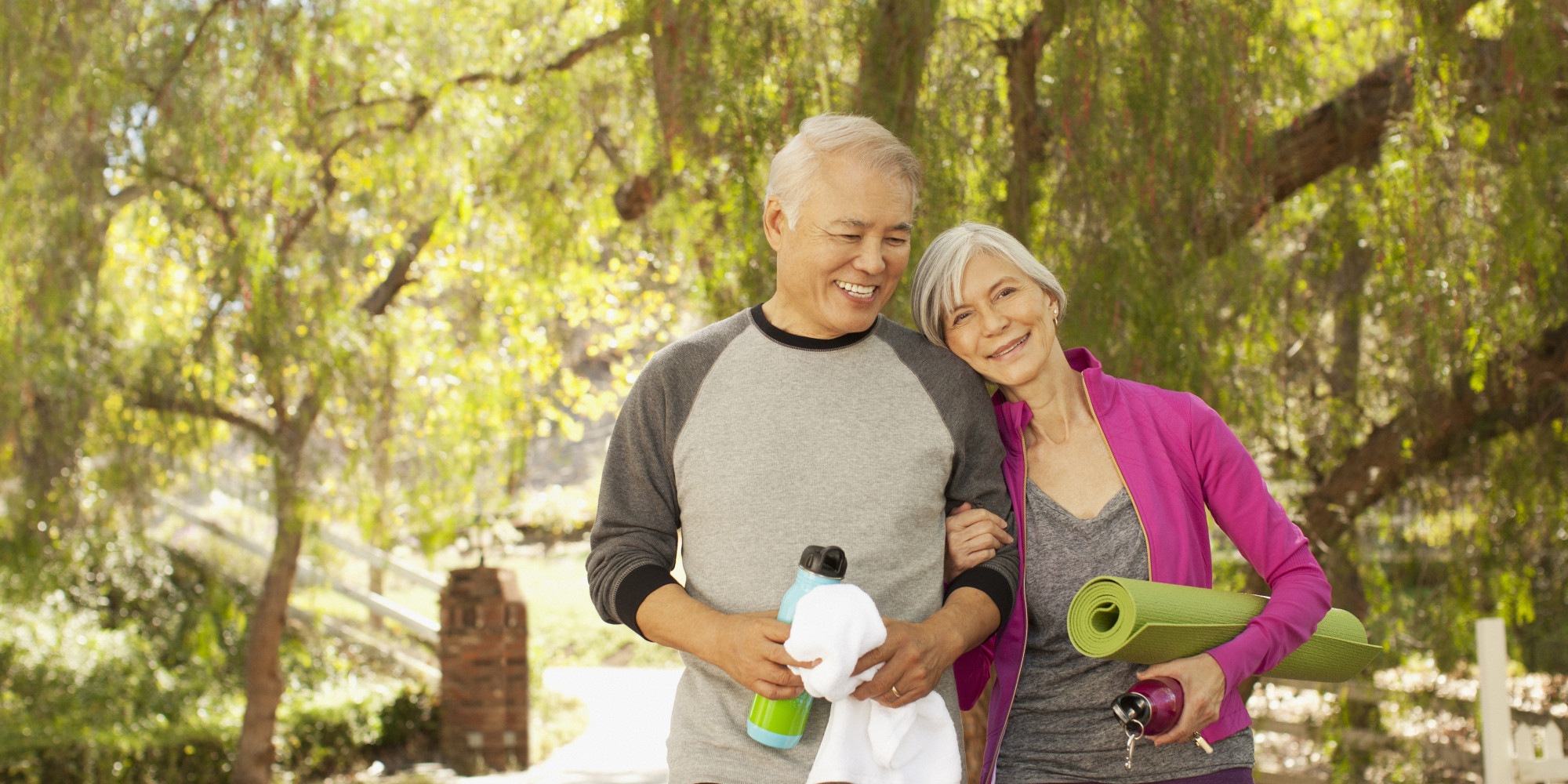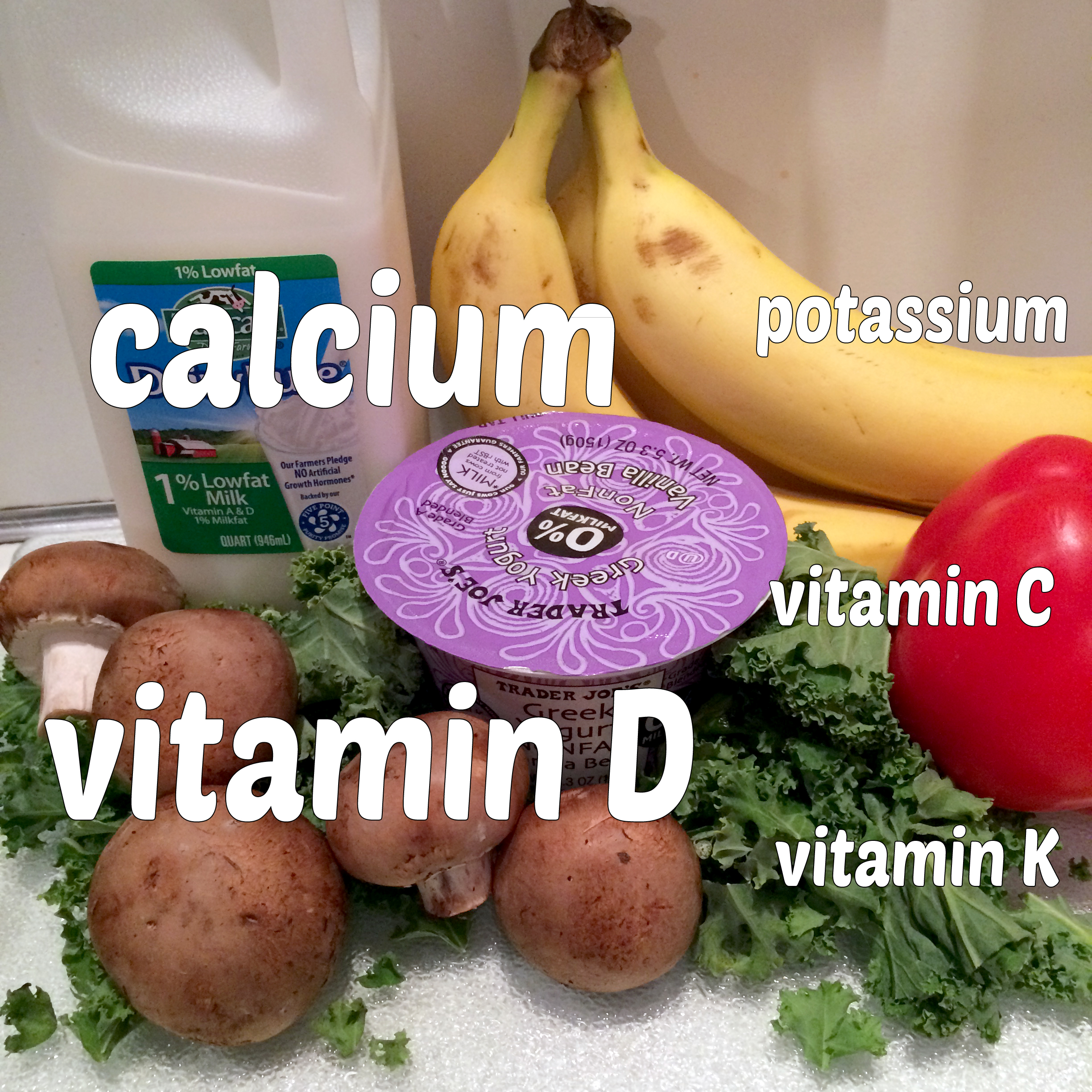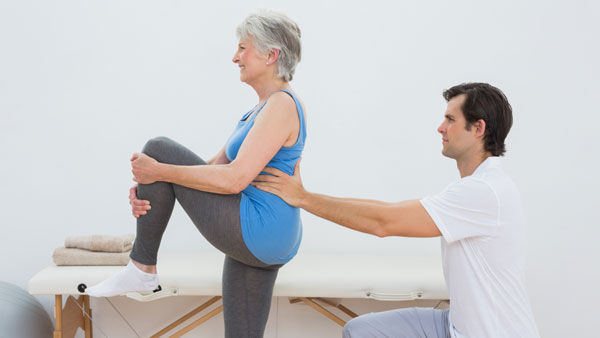What can you do to keep your bones healthy and strong?

Bones are truly the emotionally supportive network of the body, so it's super vital to keep them solid and sound. Bones are persistently being separated and reconstructed in modest sums. Before about age 30, when bones regularly achieve crest bone mass, the body is making new bone speedier, yet after age 30, the bone building balance normally moves and more bone is lost than picked up.
A few people have a considerable measure of investment funds in their "bone bank" as a result of elements including hereditary qualities, eating regimen and how much bone they developed as adolescents. The characteristic consumption of bone doesn't influence these fortunate ducks too radically. Yet, in those with a littler bone fortune, when the body can't make new bone as quick as the old bone is lost, osteoporosis can set in, making bones end up noticeably powerless and weak and enabling them to crack all the more effortlessly. The illness is most basic in postmenopausal ladies beyond 65 years old and in men beyond 70 years old.
Components That Keep Bones Strong
- The measure of calcium in your eating regimen. An eating regimen low in calcium adds to lessened bone thickness, early bone misfortune and an expanded danger of cracks.
- Physical movement.
- Tobacco and liquor utilize.
- Sexual orientation.
- Measure.
- Age.
- Race and family history.
- Hormone levels.
Approaches to Build Healthy Bones

Lamentably, some are more probable than others to create osteoporosis and feeble bones as a rule (to be specific white and Asian postmenopausal ladies). Likewise sadly, it's dreadfully hard to change your race, sexual orientation or menopausal status. In any case, never fear — there are a few things that can be switched to knock up bone mass. Here are 10 tips to make stores in your bone bank for a more advantageous future.
1. Know your family history - Similarly as with numerous medicinal conditions, family history is a key pointer of bone wellbeing. Those with a parent or kin who has or had osteoporosis will probably create it. "Along these lines, how's your bone thickness, Grandma?" may appear like an unbalanced question at Thanksgiving supper, however ask at any rate before she passes the sauce.
2. Support calcium utilization - At the point when a great many people think bones, they think calcium. This mineral is basic for the best possible improvement of teeth and bones. (Also it's an immense partner in legitimate muscle work, nerve flagging, hormone emission, and circulatory strain.)
Be that as it may, calcium isn't the end-all, be-all bone misfortune cure. The key may be to help the body ingest calcium by matching calcium-rich nourishments with those high in vitamin D. A few reviews on postmenopausal ladies have demonstrated that basically adding calcium alone to the eating regimen doesn't have an enormous effect on bone thickness (however follow-up studies have recommended the inverse).
3. Remember the vitamin D - Where there's calcium, there must be vitamin D: the two cooperate to help the body retain bone-boosting calcium. Support vitamin D utilization by chomping on shrimp, strengthened nourishments like grain and squeezed orange, sardines, eggs (in the yolks) and fish, or select a vitamin D supplement. Greatist Expert Eugene Babenko proposes getting your vitamin D (particularly vitamin D3) levels checked at your next regular checkup, and to talk about the utilization of supplements with your specialist.

The body likewise delivers vitamin D when presented to the sun 10 to 15 minutes of introduction three times each week will do. Vitamin D's significance to bone wellbeing has been demonstrated in studies on "occasional bone misfortune" elderly individuals can lose more bone mass amid the winter as a result of absence of sun introduction. Despite the fact that these and numerous different reviews on bone misfortune taken a gander at elderly individuals particularly, bone wellbeing is about avoidance, so more youthful people ought to get a couple beams to stock up on D.
4. Support bone thickness with vitamin K -Vitamin K is for the most part known for assisting with blood coagulating, however it likewise helps the body make proteins for sound bones. Be that as it may, the correct way vitamin K adds to bone wellbeing is misty. Two reviews on young ladies demonstrated that vitamin K had distinctive impacts: one demonstrated that vitamin K impeded bone turnover, however it didn't have any impact on bone mineral thickness, while the other found the invert.
Another review particularly thought about the impacts of vitamins K and D on calcium assimilation in rats, and it turns out the two vitamins function admirably as a group: vitamin D fortified calcium ingestion in the digestion tracts, while vitamin K lessened the measure of calcium discharged by the body.
Notwithstanding how vitamin K may help, top off on it with nourishments like kale, broccoli, Swiss chard and spinach.
5. Pump up the potassium -Potassium isn't really known for supporting bone wellbeing: it's a mineral that helps nerves and muscles impart and furthermore helps cells expel squander. In any case, it turns out potassium may kill acids that expel calcium from the body.
Contemplates in both pre-and postmenopausal ladies have demonstrated that an eating regimen high in potassium can enhance bone wellbeing. Truth be told, the review including premenopausal ladies demonstrated a 8% distinction in bone thickness between ladies with high potassium consumption and those with low potassium admission.
6. Make practice a need. Truly. Consistent exercise is vital to keep various medical problems under control, and bone wellbeing is no special case. Indeed, carrying on with an inactive way of life is viewed as a hazard calculate for osteoporosis. One review contrasting bone thickness in school ladies and different body weights and movement levels found that competitors with low body weight had the most elevated bone thickness of any gathering in the review, indicating activity (and low body weight) can positively affect bone thickness.

7. Expend less caffeine. Caffeine has some medical advantages, yet tragically not for our bones. A lot of it can meddle with the body's capacity to ingest calcium. One review demonstrated that drinking more than some espresso every day quickened bone misfortune in subjects who additionally didn't devour enough calcium. Another review (but on elderly ladies) demonstrated that more than 18 ounces of espresso for every day can quicken bone misfortune by contrarily cooperating with vitamin D. So appreciate the java, yet keep it with some restraint and devour enough calcium, as well.
8. Cool it on the alcohol. Be that as it may, similar to caffeine, there's no compelling reason to stop completely. While overwhelming liquor utilization can bring about bone misfortune (since it meddles with vitamin D doing its employment), direct utilization (that is one drink for every day for ladies, two every day for men) is fine and late reviews really indicate it might help moderate bone misfortune. Bottoms up!
9. Stop smoking. Here's yet another motivation to lose the cigarettes: various reviews have demonstrated that smoking can keep the body from proficiently engrossing calcium, diminishing bone mass.
10. Try not to be a space explorer. Not to kill any youth dreams, but rather in light of those a really long time of weightlessness and low-calcium diets, space explorers frequently experience the ill effects of space-actuated osteoporosis. Space-anything sounds sort of great, however space bones certainly aren't: space travelers can lose up to 1% to 2% of their bone mass every month on a mission! For the individuals who essentially should visit the moon, there is a conceivable arrangement: two reviews have found that vitamin K can help work back space travelers' lost bone — more than calcium and vitamin D.
Food That Are Useful For Your Bones

General population
Adults need 700mg of calcium a day. You should be able to get all the calcium you need by eating a varied and balanced diet.Good sources of calcium include:
- milk, cheese and other dairy foods
- green leafy vegetables, such as broccoli, cabbage and okra, but not spinach
- soya beans
- tofu
- soya drinks with added calcium
- nuts
- bread and anything made with fortified flour
- fish where you eat the bones, such as sardines and pilchards
- Although spinach might appear to contain a lot of calcium, it also contains oxalic acid, which reduces calcium absorption, and it is therefore not a good source of calcium.
- It is difficult to get all the vitamin D we need from the diet and we get most of our vitamin D from the action of the sun on our skin.
- Short daily periods of sun exposure without sunscreen from late March/April to the end of September are enough for most people to make enough vitamin D.
- However, everyone is advised to consider taking a daily vitamin D supplement.
- Good sources of vitamin D:
- oily fish, such as salmon, sardines and mackerel
- eggs
- fortified fat spreads
- fortified breakfast cereals
- some powdered milks
At-risk groups

all babies and young children, from birth to one year of age, exclusively or partially breastfed from six months to five years old unless they are having 500ml or more a day of infant milk formula
all children aged one to four years old
- people who are frail or housebound
- people who are confined indoors, such as a care home
- people who usually wear clothes that cover up most their skin when outdoors
- people with dark skin such as those of African, African-Caribbean and South Asian origin
- Find out more about taking vitamin D supplements.
Menopause

Vegans

- Non-vegans get most of their calcium from dairy foods (milk, cheese and yoghurt), but vegans can get it from other foods.
- Good sources of calcium for vegans include:
- fortified soya, rice and oat drinks
- calcium-set tofu
- sesame seeds and tahini
Pulses

- brown and white bread (in the UK calcium is added to white and brown flour by law)
- dried fruit such as raisins, prunes, figs and dried apricots
- The vegan diet contains little, if any, vitamin D without fortified foods or supplements so try to get sufficient sunlight exposure during the UK summer.
- Vegan sources of vitamin D are:
- exposure to summer sunshine – remember to cover up or protect your skin before it starts to turn red or burn (see sunlight and vitamin D)
- fortified fat spreads, breakfast cereals and soya drinks (with vitamin D added)
- vitamin D supplements
- During pregnancy and when breastfeeding, women who follow a vegan diet need to make sure they get enough vitamins and minerals for their child to develop healthily. Read vegetarian and vegan mums-to-be for more information.
- If you're bringing up your baby or child on a vegan diet, you need to ensure they get a wide variety of foods to provide the energy and vitamins they need for growth. Read vegetarian and vegan babies and children for more information.
- Too much vitamin A
- Some research has suggested a link between vitamin A and osteoporosis. As a precaution, people who regularly eat liver (a rich source of vitamin A) are advised not to eat liver more than once a week, or take supplements containing retinol (animal form of vitamin A).
- People at risk of osteoporosis, such as postmenopausal women and older people, are advised to limit their retinol (including those containing fish liver oil) intake to no more than 1.5mg a day by eating less liver and avoiding supplements containing retinol.
- soya drinks with added calcium.
- nuts.
- bread and anything made with fortified flour.
- fish where you eat the bones, such as sardines and pilchards.








0 comments:
Post a Comment